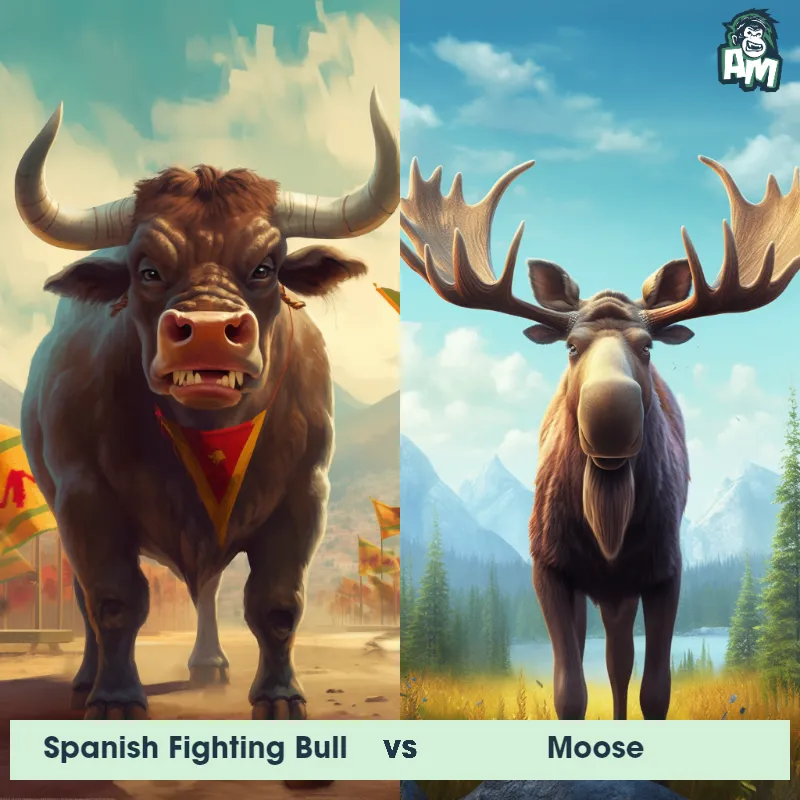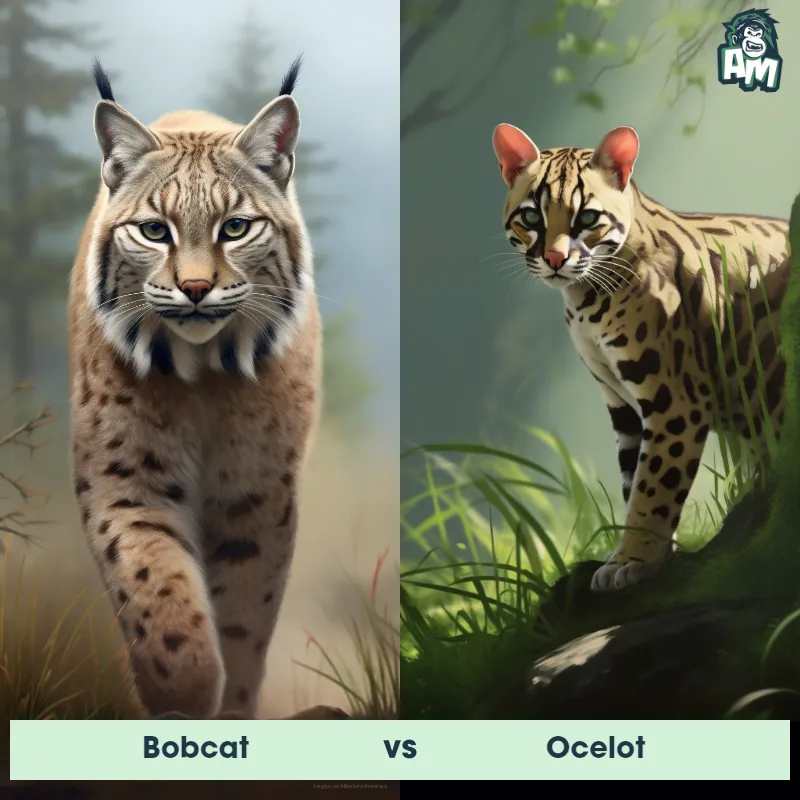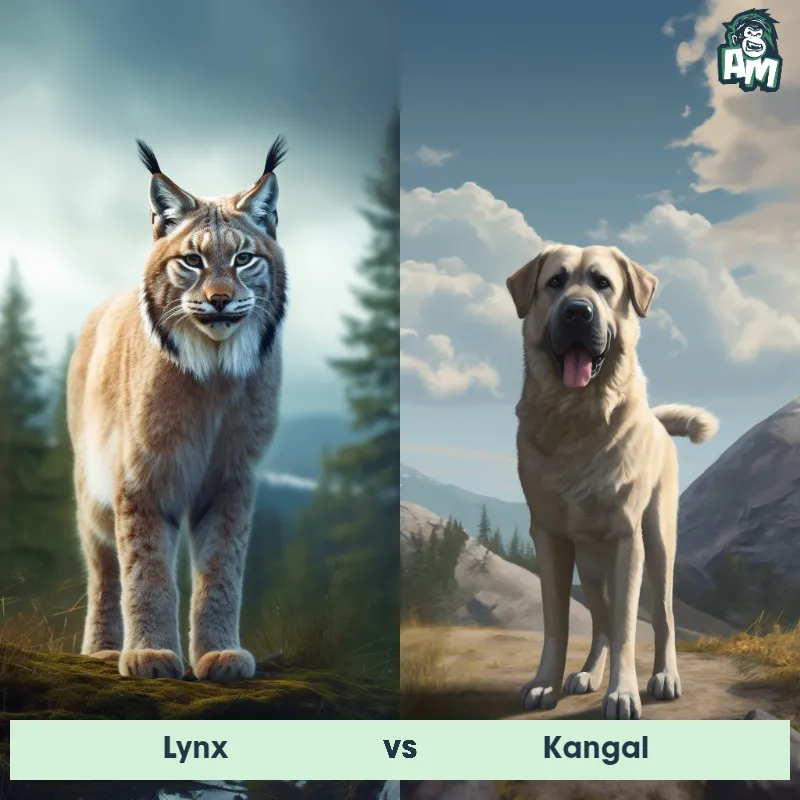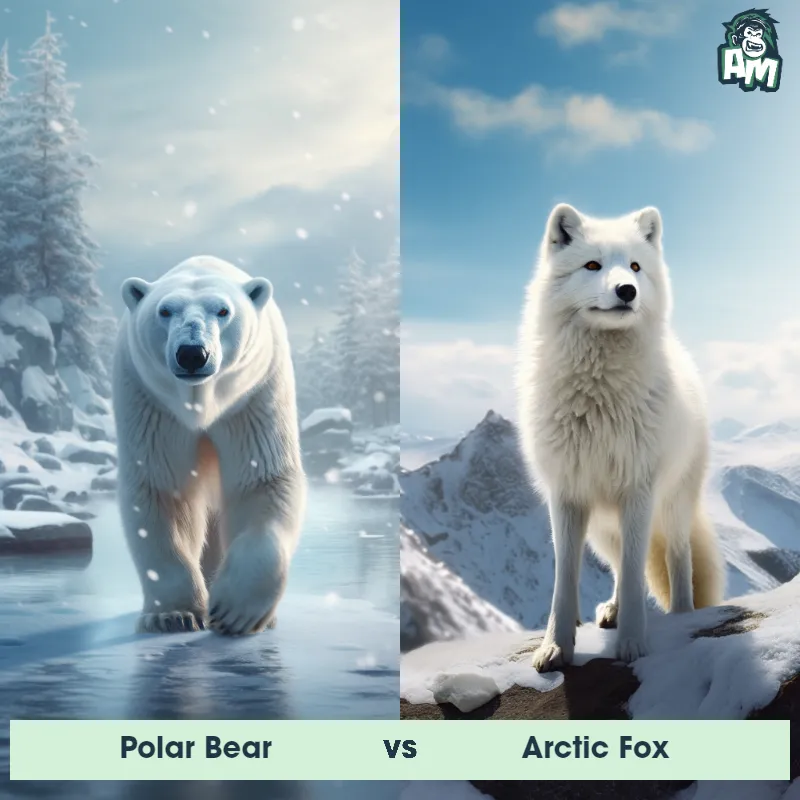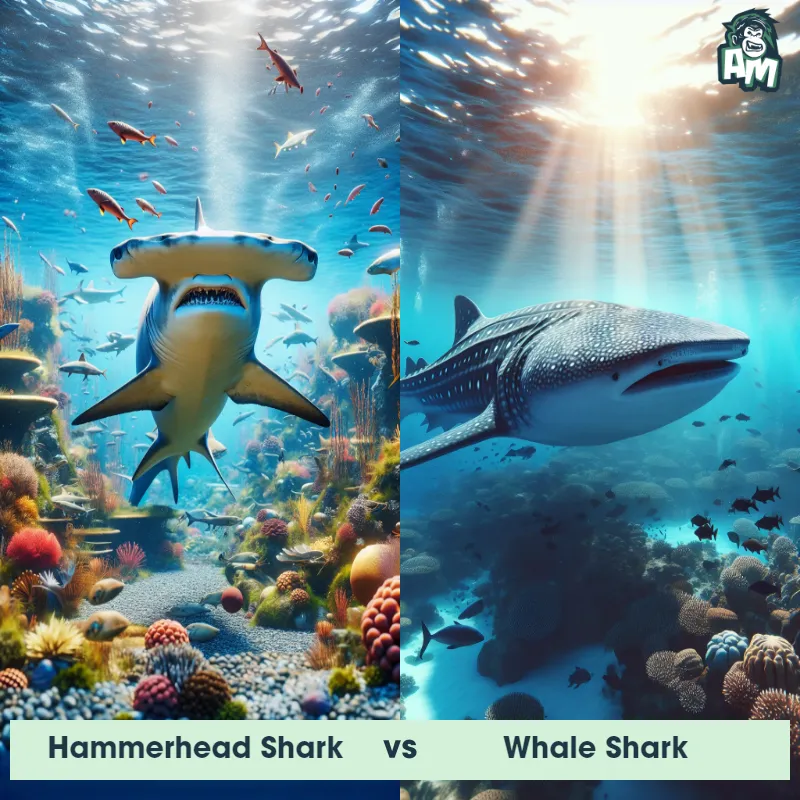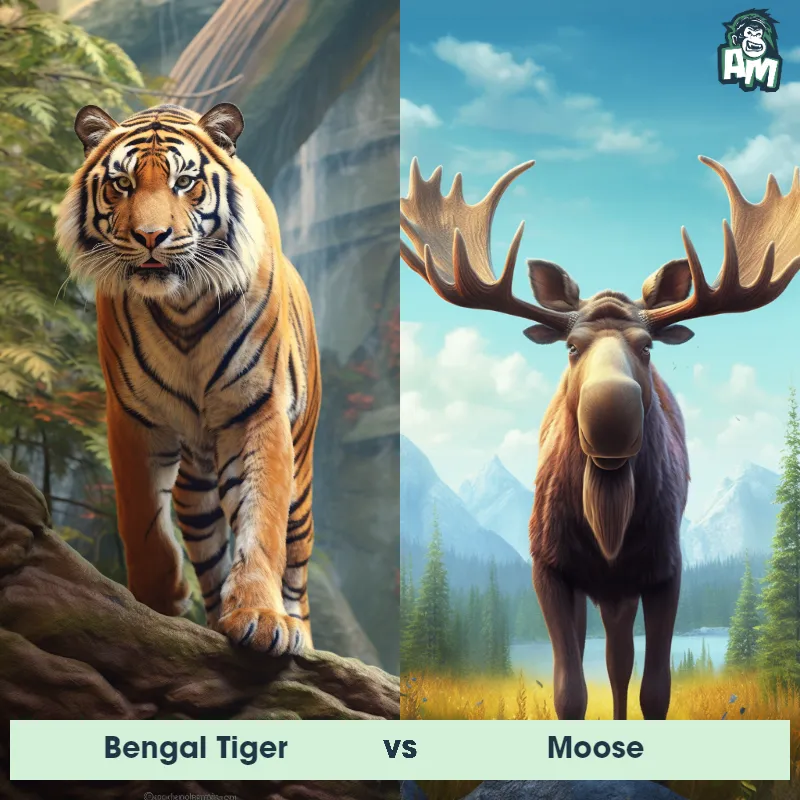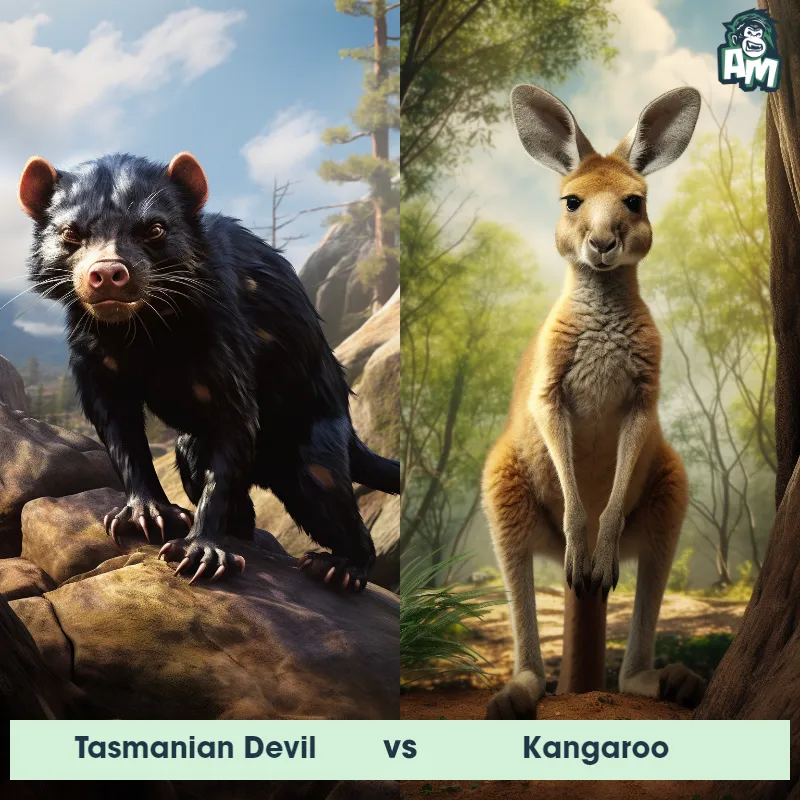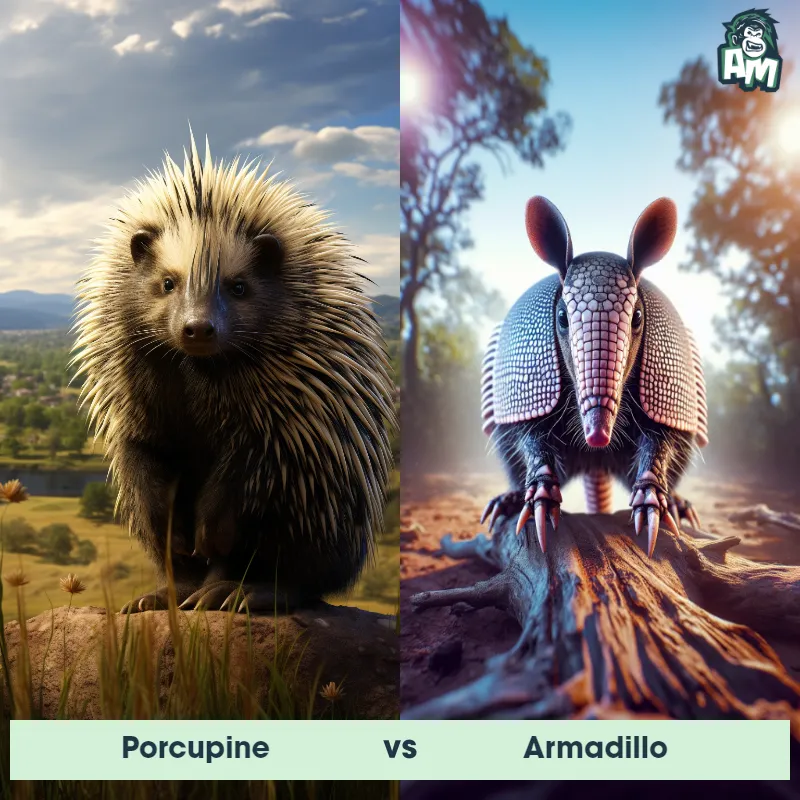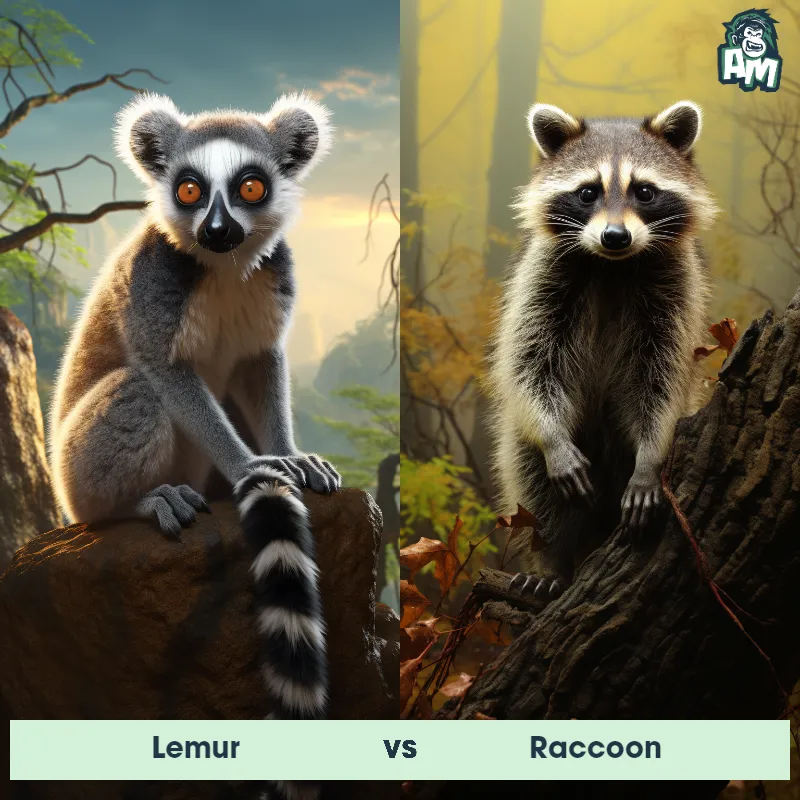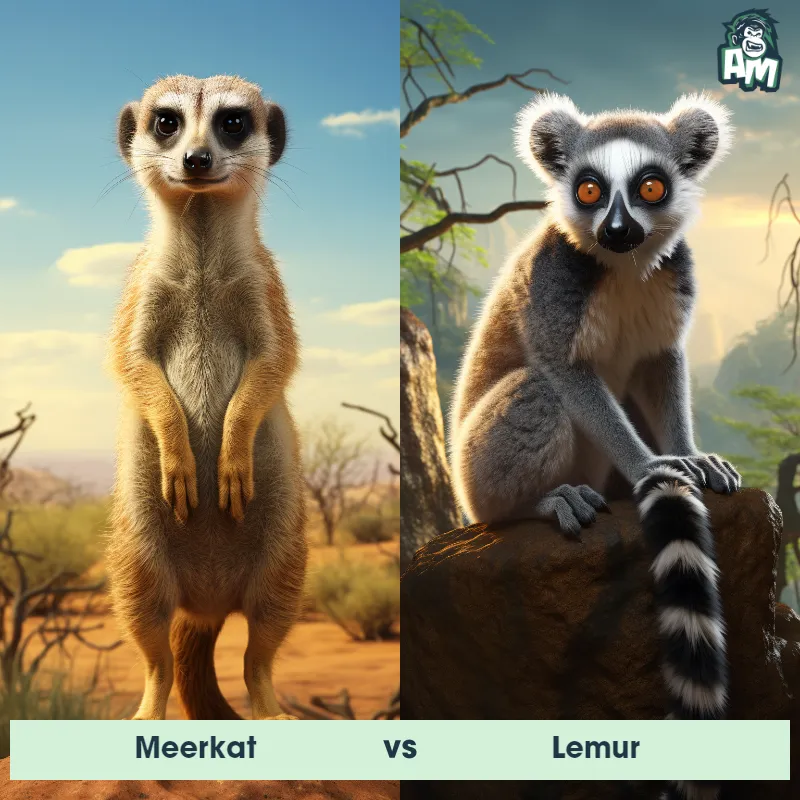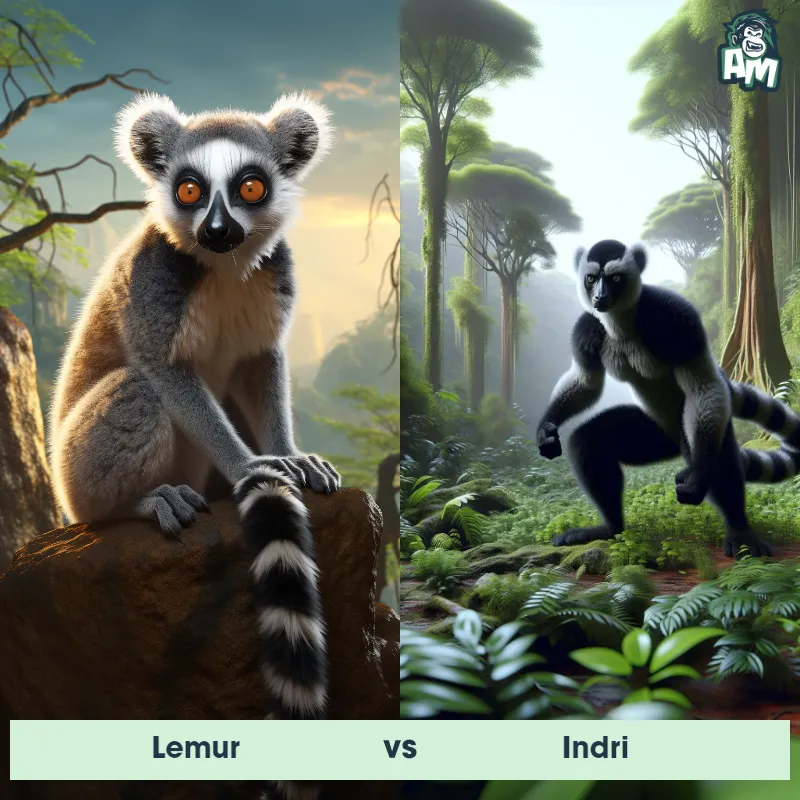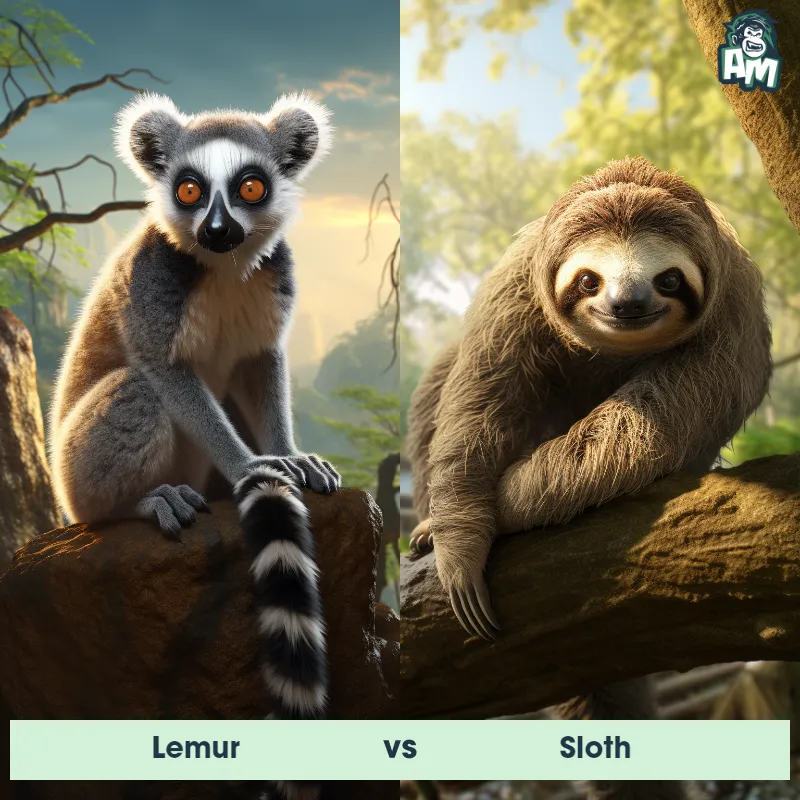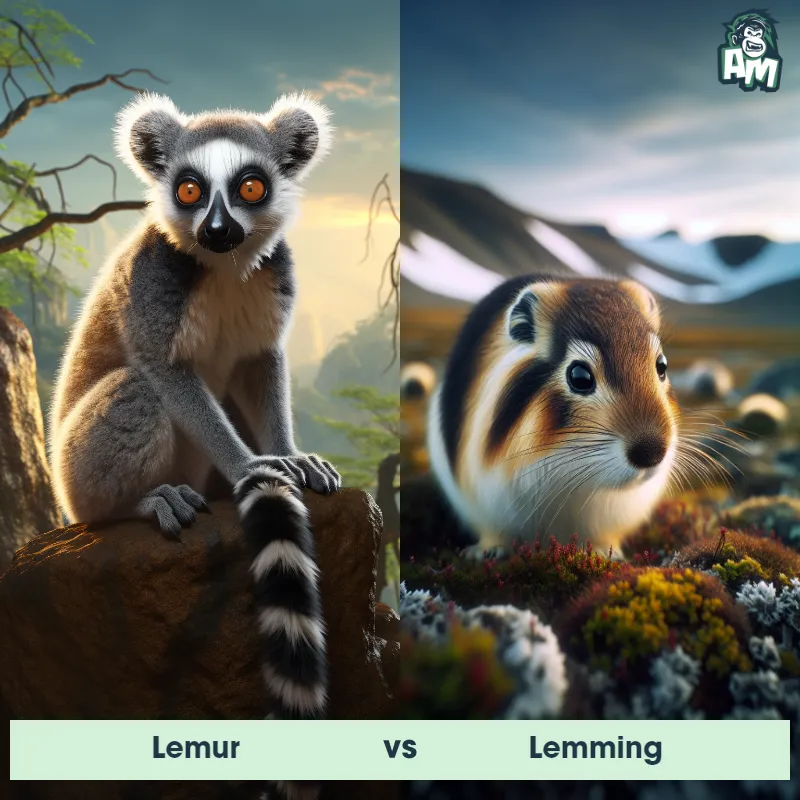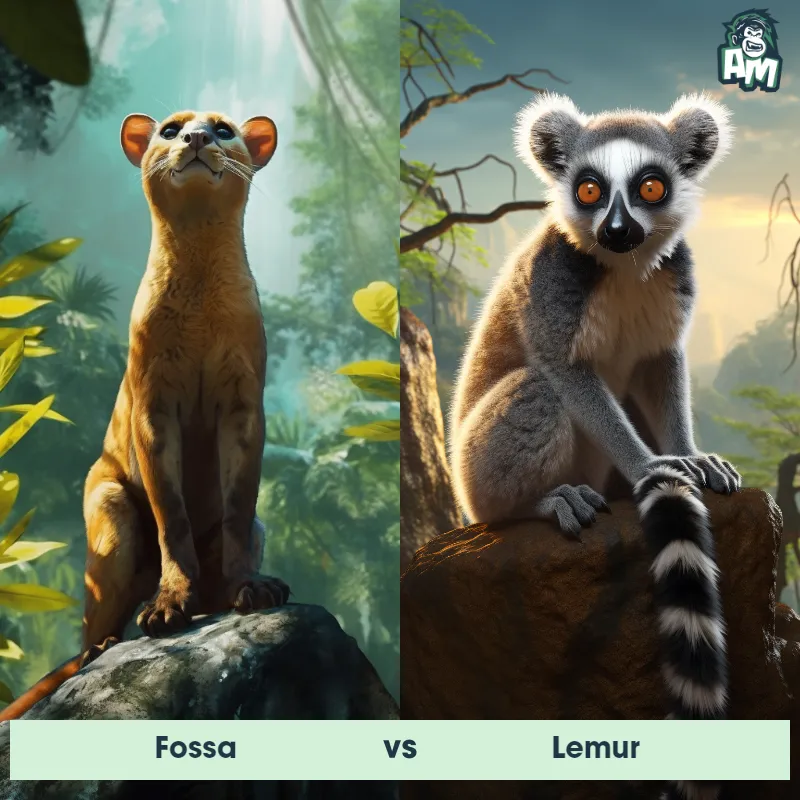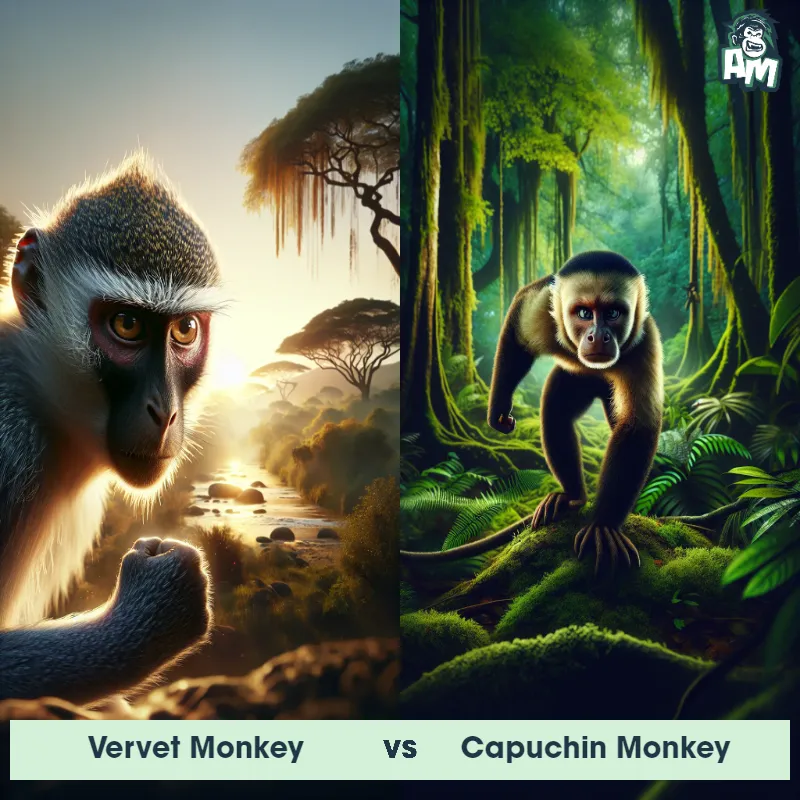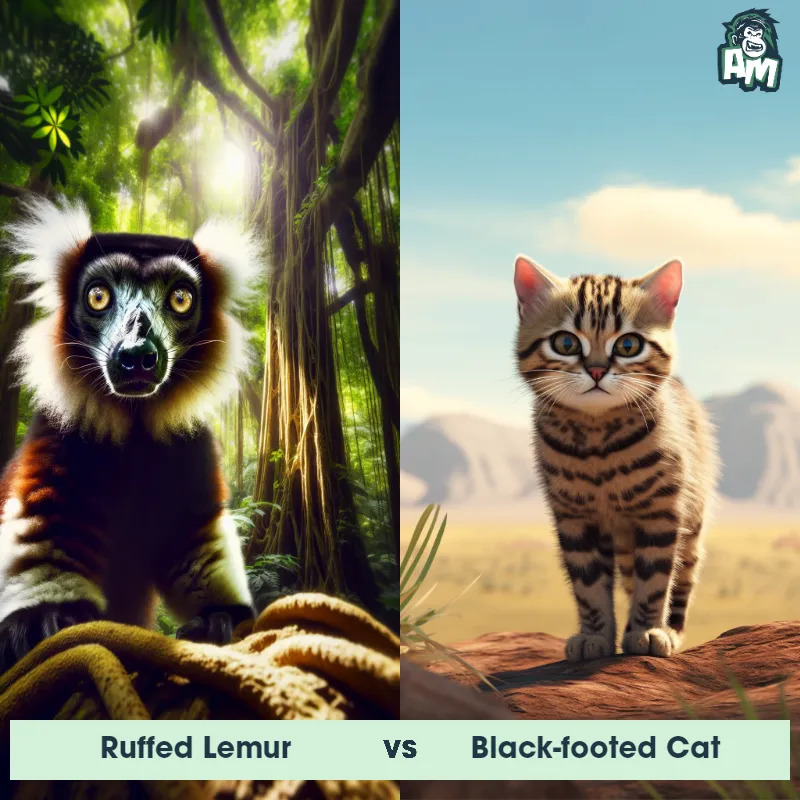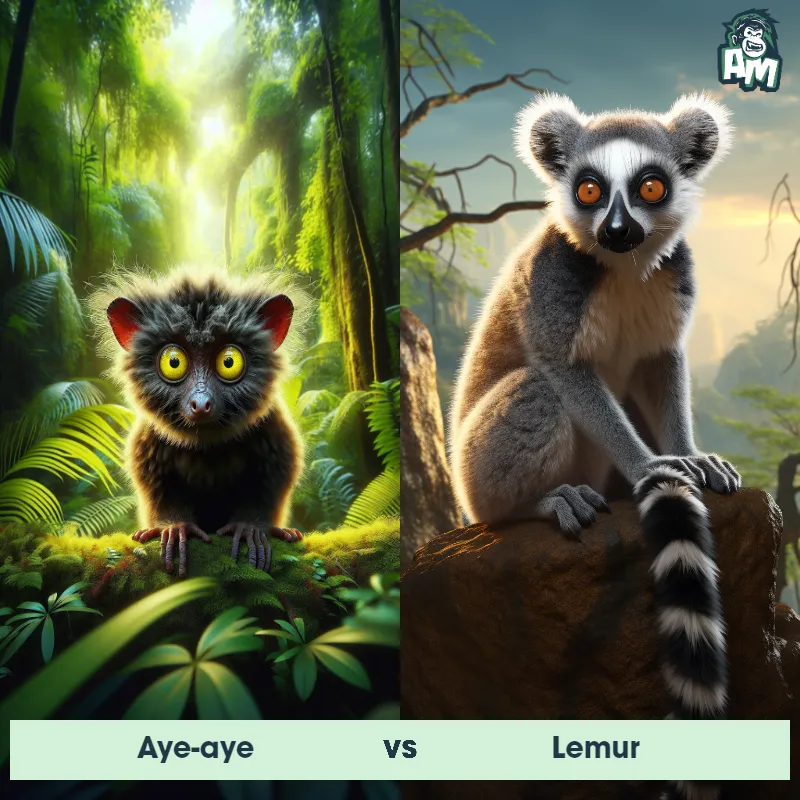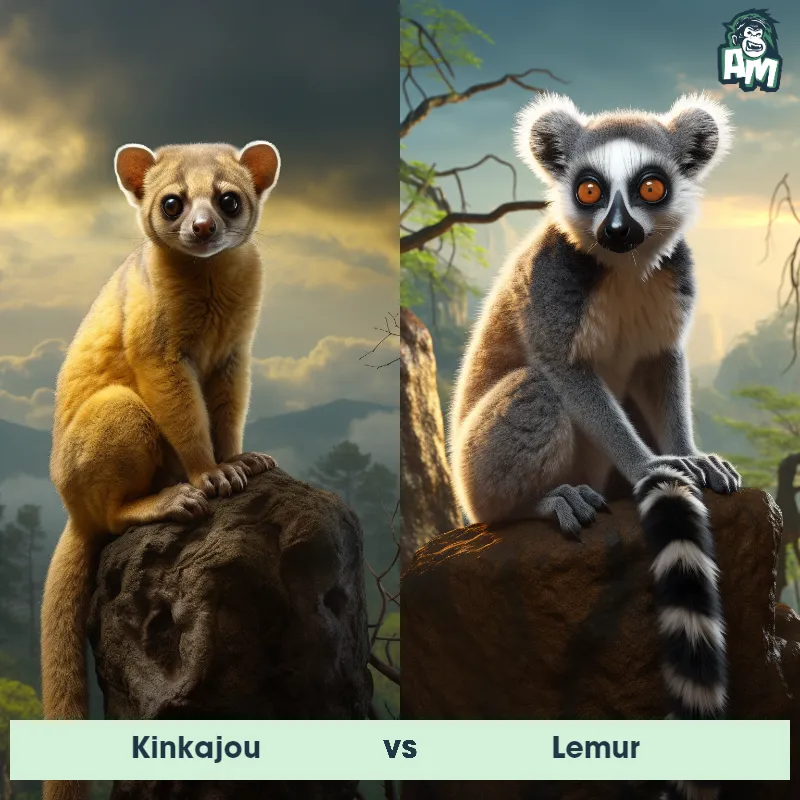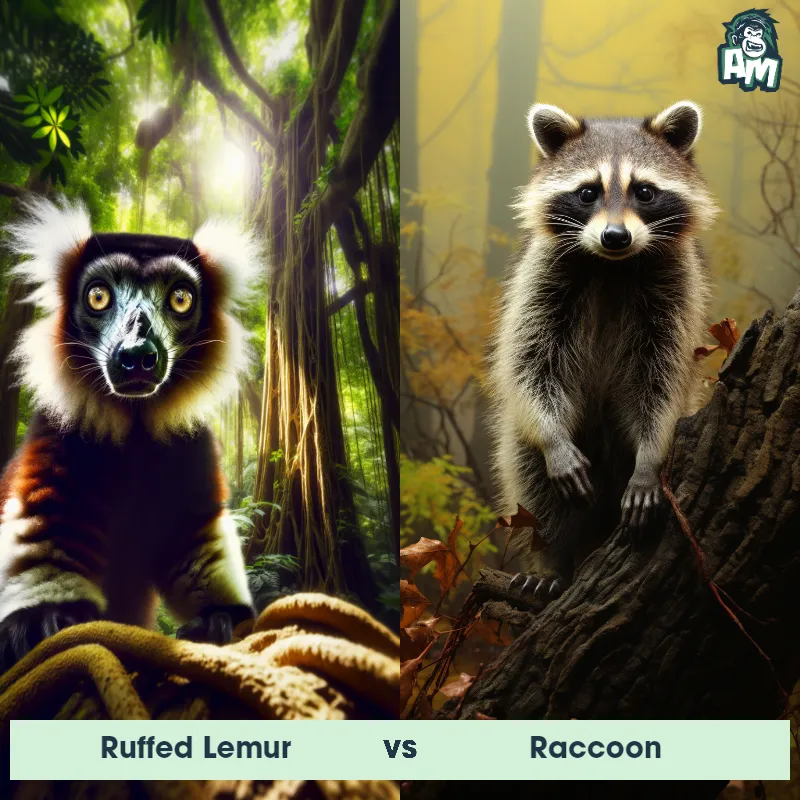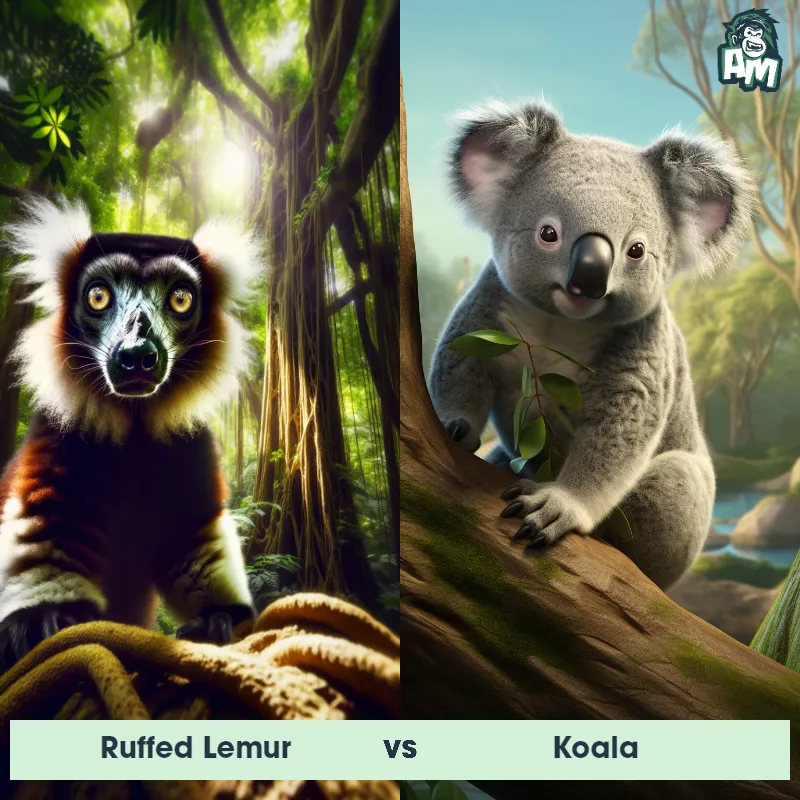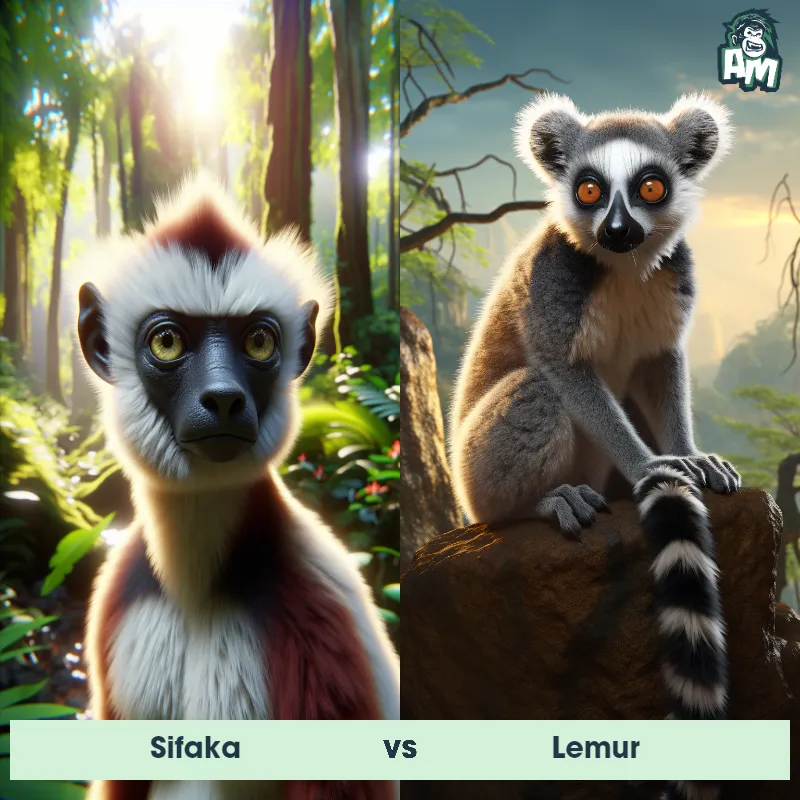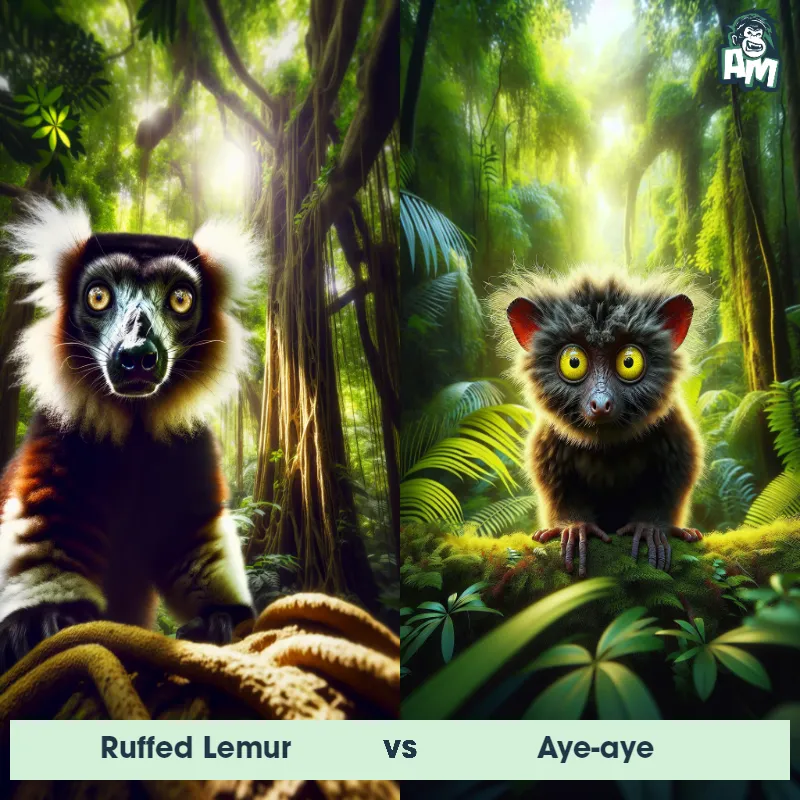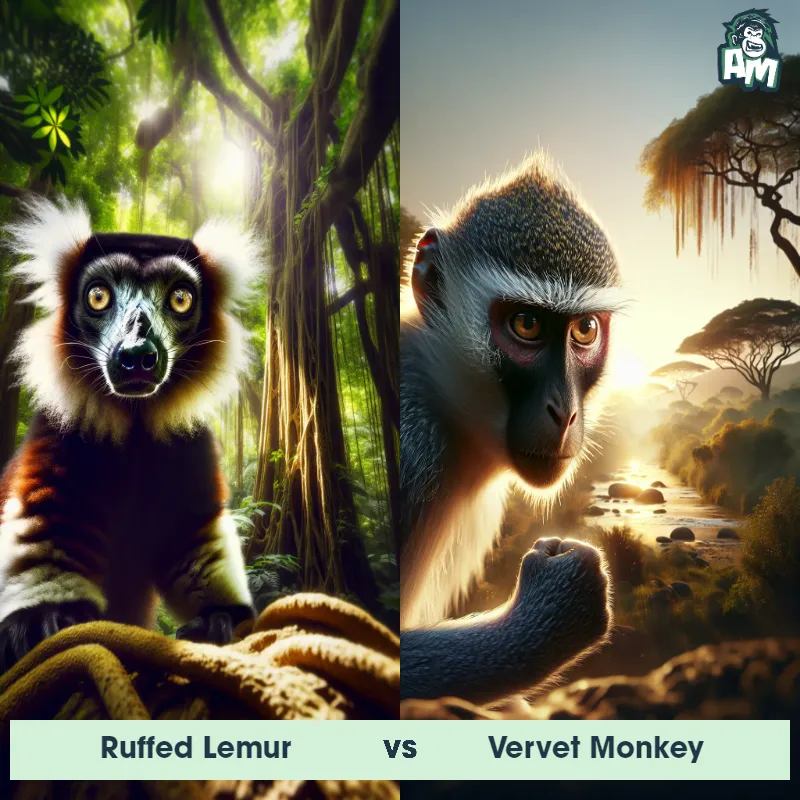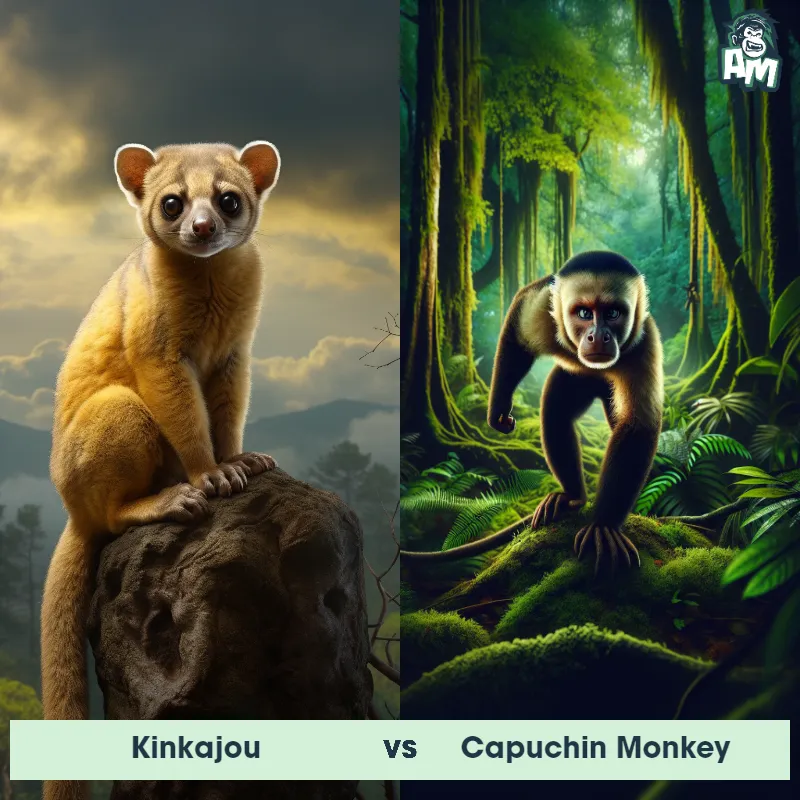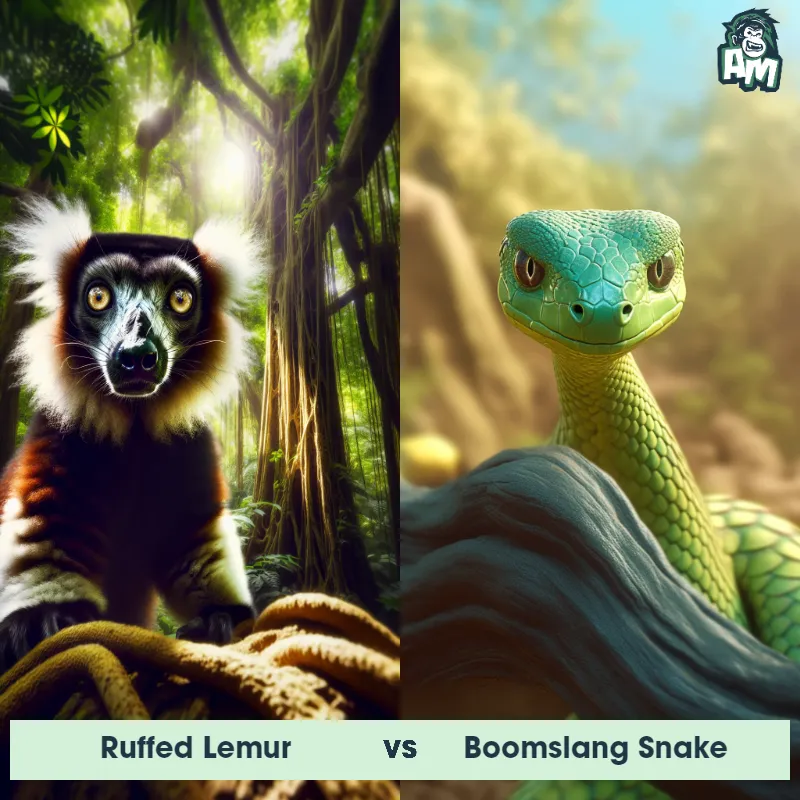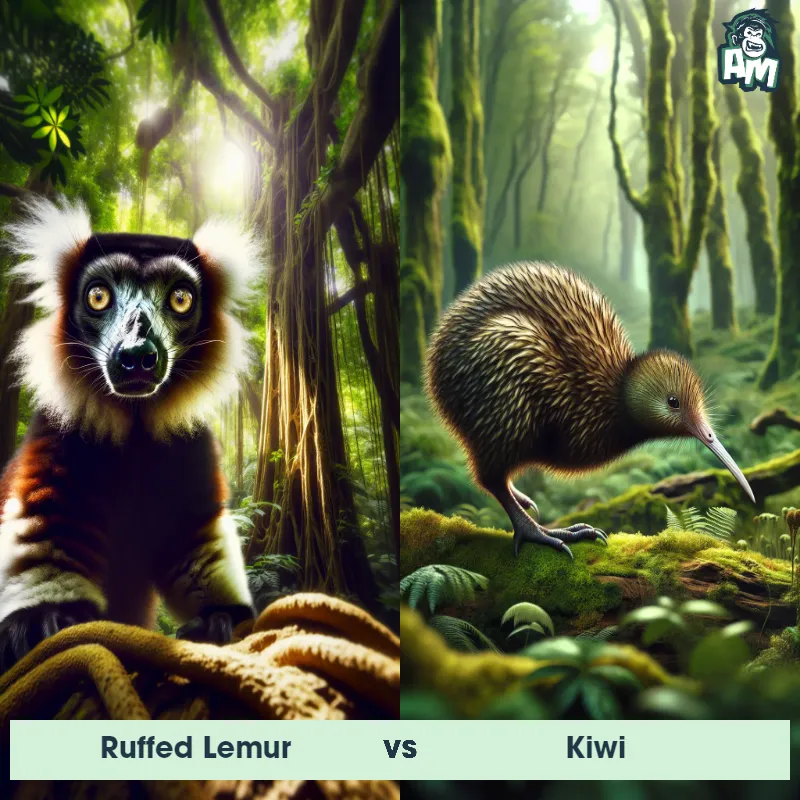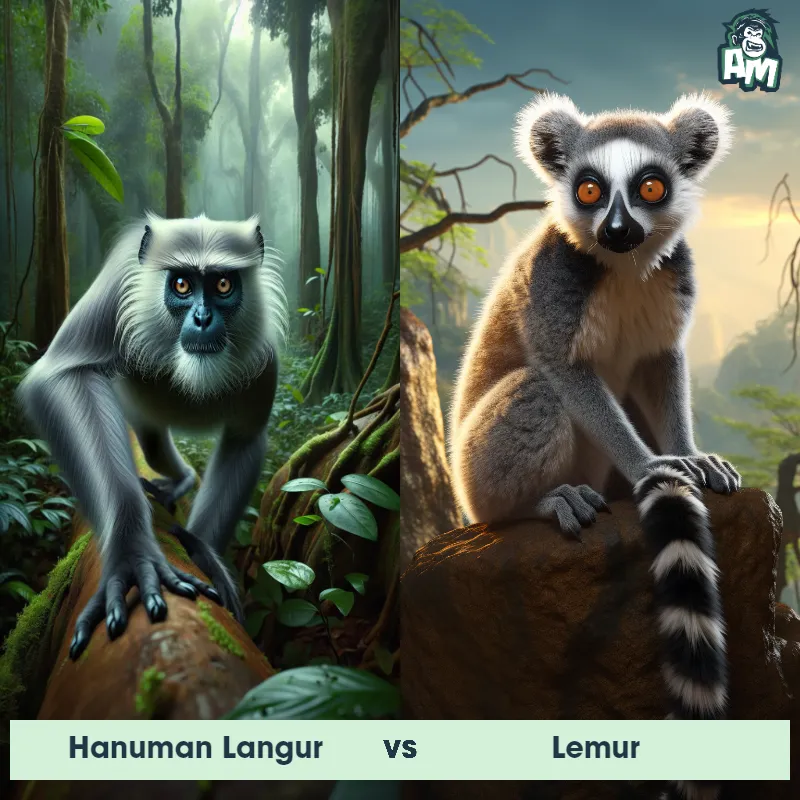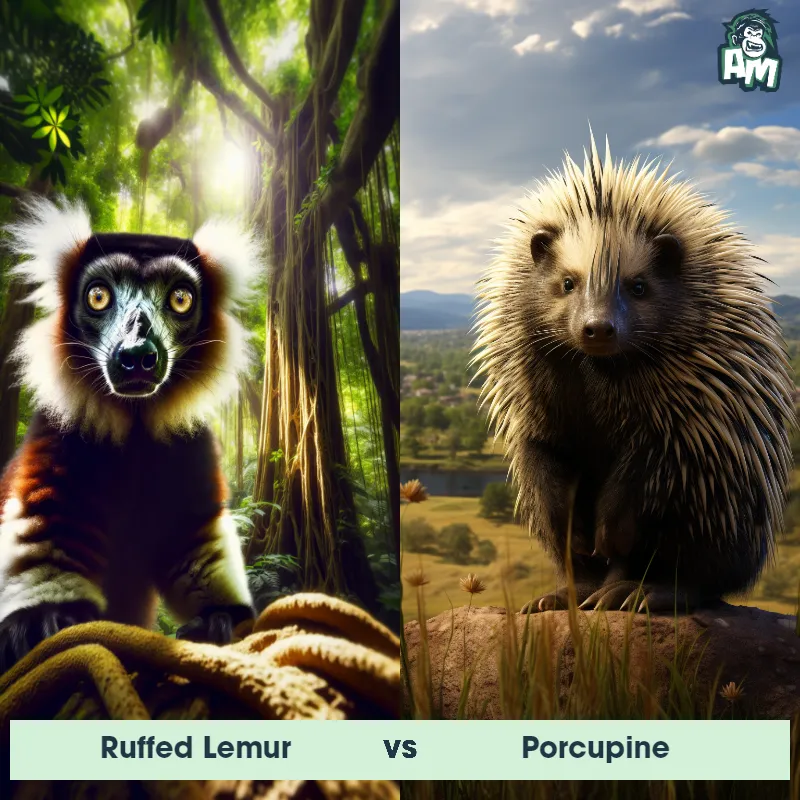Lemur vs Capuchin MonkeySee Who Wins

"Welcome ladies and gentlemen to this thrilling matchup between two agile and exciting competitors. In this corner, we have a lively Lemur, known for its incredible leaping abilities and sharp reflexes. And in the opposite corner, a nimble Capuchin Monkey, famous for its impressive dexterity and cunning nature. Get ready for an epic battle between these two intelligent creatures!"
Contender 1: Lemur
The Lemur is a type of primate known as a prosimian, native to the island of Madagascar. Lemurs come in various sizes and colors, but they are typically characterized by a pointed snout, large eyes, and a long tail that can be longer than their body. Many lemur species have a thick and woolly fur that ranges in color from reddish-brown to gray and black. Lemurs are arboreal animals, spending most of their time in trees, and their diet consists of fruits, leaves, flowers, and insects.
Fun Fact: Lemurs communicate with each other using a variety of vocalizations, body postures, and scent markings, exhibiting a complex and intriguing social structure.
Contender 2: Capuchin Monkey
The Capuchin Monkey, also known as the White-Faced Capuchin, is a small to medium-sized primate native to Central and South America. These intelligent and arboreal creatures have a distinctive white face surrounded by a dark mask, along with a muscular body covered in fur that can range in color from dark brown to light beige. Capuchin Monkeys have sharp claws and a prehensile tail that helps them maneuver in the treetops. They are highly social animals, living in groups called troops, and are known for their exceptional problem-solving skills.
Fun Fact: One fascinating characteristic of the Capuchin Monkey is their exceptional ability to use tools, making them one of the few non-human animals to do so. Using branches and rocks, they crack open nuts and shells, as well as use sticks to extract insects from crevices or tree bark.
Matchup Stats
| Lemur | Capuchin Monkey | |
|---|---|---|
| Size | Varies by species, 3.5 inches to 2.5 feet (9 cm to 76 cm) | 12 to 22 inches (30 to 56 cm) |
| Weight | Varies by species, 1 ounce to 20 pounds (30 grams to 9 kg) | 3.5 to 9 pounds (1.5 to 4 kg) |
| Speed | 20mph (32km/h) | 34 mph (55 km/h) |
| Key Strength | Agility and speed | Agility and flexibility |
| Biggest Weakness | Small size and lack of aggressive behavior | Lack of physical power |
Current Votes
Lemur vs Capuchin Monkey
See Who Wins
View More Matches
Looking For More?
Similar Matches
Scientific Stats
| Lemur | Capuchin Monkey | |
|---|---|---|
| Scientific Name | Lemuriformes | Cebus capucinus |
| Family | Lemuridae | Cebidae |
| Habitat | Forests and jungles | Tropical rainforests, dry forests, and mangrove swamps |
| Geography | Madagascar | Central and South America |
| Diet | Fruits, leaves, flowers, and insects | Omnivorous - primarily fruits, nuts, seeds, insects, spiders, and small vertebrates |
| Lifespan | 16 years - 25 years | 20 years - 30 years |
Key Differences between Lemur and Capuchin Monkey
- Tail length: Lemurs possess a long, non-prehensile tail that can reach lengths of up to 22 inches, whereas Capuchin Monkeys have a long, prehensile tail that can measure up to 22 inches, allowing them to grasp and manipulate objects.
- Size: Lemurs are generally larger than Capuchin Monkeys, with some lemur species reaching lengths of up to 18 inches and weighing up to 20 pounds, while Capuchin Monkeys typically measure around 15 inches and weigh around 4 to 9 pounds.
- Ear shape: Lemurs typically have pointed or triangular ears that are relatively large in proportion to their head, contributing to their exceptional hearing abilities. In comparison, Capuchin Monkeys have rounder and smaller ears.
- Coloration: Lemurs display a wide range of vibrant colors, often including black, white, gray, and various shades of brown or red, with distinct patterns on their bodies and faces. In contrast, Capuchin Monkeys usually have a more uniform coloring, such as brown or black fur.
- Hair type: Lemurs possess a dense and bushy coat, often with longer hair on their tails, giving them a more fluffy appearance. Capuchin Monkeys, on the other hand, have shorter and less dense fur, which may appear sleek.
- Facial features: Lemurs have a distinctive and elongated snout, often with large round eyes that provide excellent night vision, while Capuchin Monkeys have a more compact face with rounded eyes and a shorter snout.




